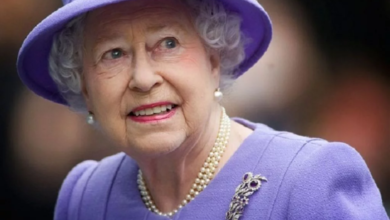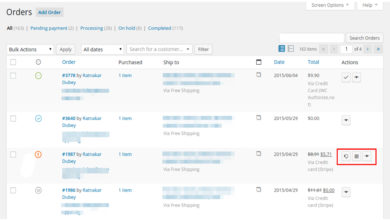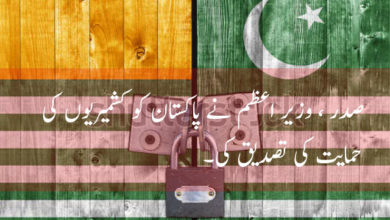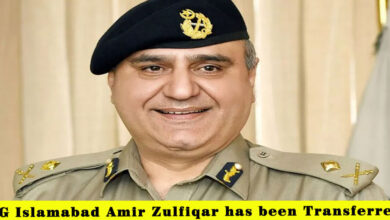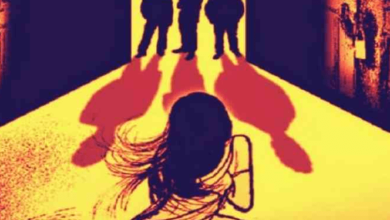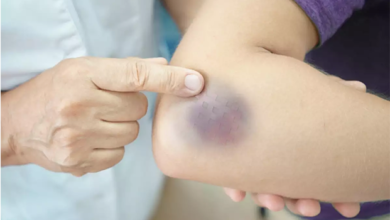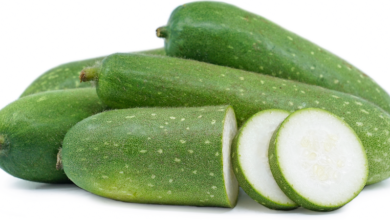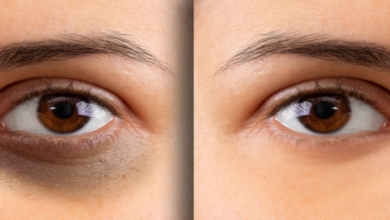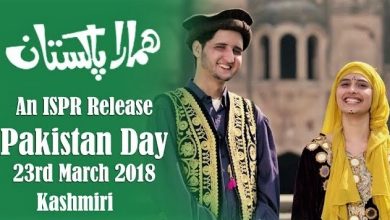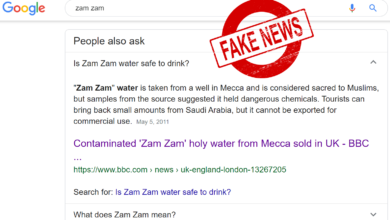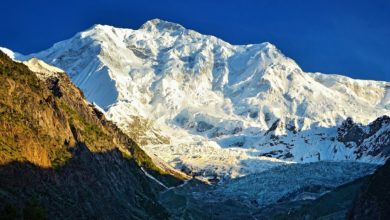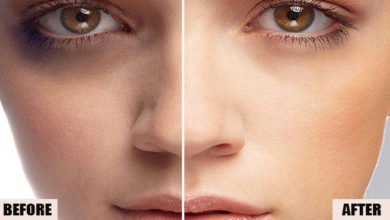خانہ کعبہ روئے زمین پر مسلمانوں کے لیے نماز کا قبلہ ہے اور حجاج کرام اس کے گرد طواف کرتے ہیں۔ یہ مربع شکل کے ایک بڑے کمرے کی صورت میں نظر آتا ہے جس کی اونچائی 15 میٹر ہے۔ خانہ کعبہ سے ملحق مختلف چھوٹی تعمیرات اور حصّے ہیں جو اسی کا حصہ بن گئے ہیں۔ ان کی تعداد 13 ہے اور ہر ایک کا اپنا نام ہے۔ امور حرمین کے محقق محیی الدین الہاشمی کے مطابق ان حصوں کے نام قدیم اور ہزاروں سالوں سے معروف ہیں۔ یہ حضرت ابراہیم (عليہ السلام) کے ہاتھوں بیت اللہ کی تعمیر کے وقت سے اسی طرح ہیں۔ عرب ان سے متعارف ہوئے اور اسلام نے بھی ان کو تسلیم کیا لہٰذا یہ نام آج تک بنا تبدیلی کے باقی ہیں۔ بالخصوص احادیث نبوی ﷺ میں ان ناموں کی تصدیق ملتی ہے۔
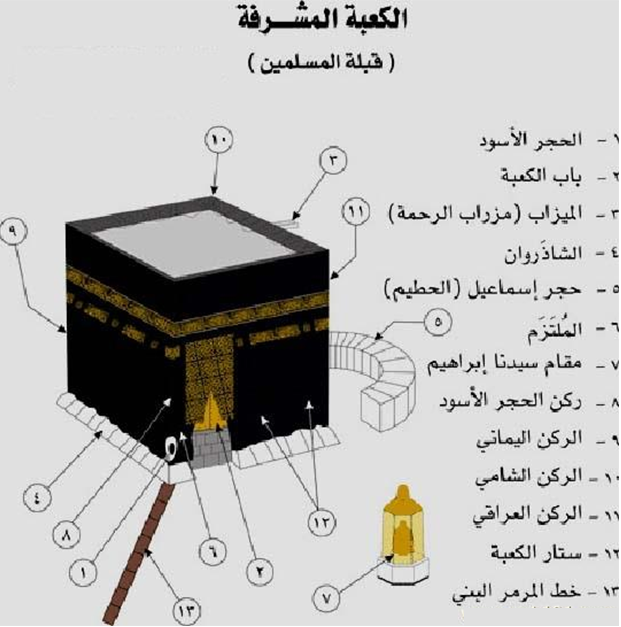
یہ 13 اجزاء درجِ ذیل ہیں :
۔ حجر اسود : یہ کعبے کا مشہور و معروف ترین حصّہ ہے۔ یہاں سے طواف کی ابتدا ہوتی ہے اور مسلمانوں کے نزدیک اس کا بوسہ سنت ہے۔ بعض احادیث نبوی ﷺ کے مطابق یہ جنت کے پتھروں میں سے ہے۔
۔ کعبے کا دروازہ : یہ بیت اللہ کی مشرقی سمت واقع ہے۔ یہ زمین سے 2 میٹر سے زیادہ بلند ہے۔ اس کی اونچائی 3 میٹر سے زیادہ ہے جب کہ چوڑائی کم از کم 2 میٹر ہے۔ چودہ سو برسوں کے دوران خلفاء اور امراء نے اس دروازے کی زیب و زینت پر خصوصی توجہ دی اور اس کو سونے اور چاندی کے لباس سے آراستہ کر دیا۔
۔ میزاب : اس کو “میزابِ رحمت” کے نام سے پکارا جاتا ہے۔ خانہ کعبہ کی چھت پر گرنے والا بارش کا پانی اسی کے ذریعے حطیم کے اندر گرتا ہے۔
۔ شاذروان : یہ خانہ کعبہ کی نچلی دیوار کے گرد نصب سنگ مرمر ہے۔ یہ بیت اللہ کے دروازے کے سوا کعبے کی تمام سمتوں میں موجود ہے۔
۔ حجرِ اسماعیل : خانہ کعبہ سے علیحدہ ہو جانے کے سبب یہ حصہ حطیم کہلاتا ہے۔ قریش نے خانہ کعبہ کی تعمیر نو کی تو اس حصے کو چھوڑ دیا تھا کیوں کہ وہ اس بات کے خواہش مند تھے کہ تعمیر پاک مال سے ہونا چاہیے۔
۔ مُلتزم : طواف کرنے والوں کے اس جگہ پر التزام کے سبب یہ ملتزم کہلاتا ہے۔ ماضی میں بعض قصور وار اور مجرم اپنے قتل سے فرار اختیار کر کے یہاں آ جاتے تھے۔ اس وجہ سے عربوں میں شدید جرم کے مرتکب شخص کے لیے یہ ضرب المثل مشہور ہو گئی کہ “اگر وہ مجھے ملتزم پر بھی مل جاتا تو میں اس کو قتل کر دیتا”۔
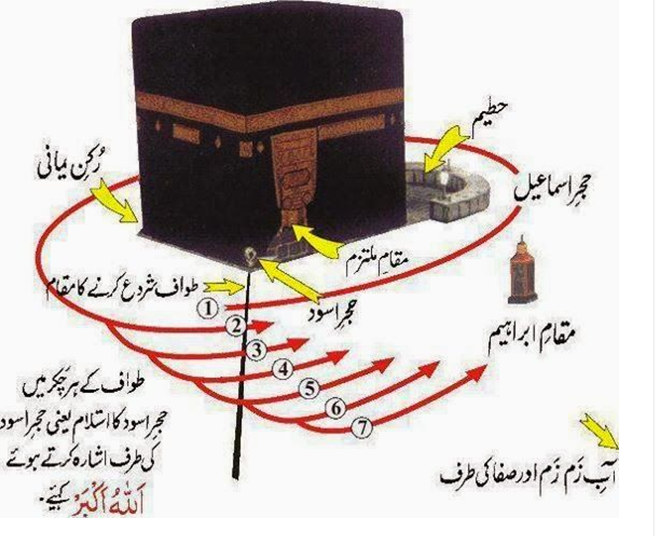
۔ مقامِ ابراہیم : بعض لوگوں کا کہنا ہے کہ یہ خانہ کعبہ کا حصہ ہے تاہم علیحدہ ہو گیا۔ اس میں ایک چٹان ہے جس میں پاؤں کے نشانات نقش ہیں۔ یہ سیدنا ابراہیم علیہ السلام کے پاؤں کی جانب کنایہ ہے جب اللہ رب العزت نے ان کو حکم دیا کہ وہ لوگوں کو حج کی اجازت دیں۔
۔ رُکنِ حجر اسود : یہ کونا خانہ کعبہ کے اوپر سے نیچے تک پھیلا ہوا ہے۔ اسی میں حجرِ اسود نصب ہے۔ یہاں سے طواف شروع کیا جاتا ہے۔ اسی وجہ سے یہ خانہ کعبہ کے اہم کونوں میں سے ہے۔
۔ رُکنِ یمانی : یہ کونا کعبے کے دائیں جانب واقع ہے اسی وجہ سے یمین سے یمانی مشہور ہوا۔
۔ رُکنِ شامی : یہ کونا شام کی سمت ہے لہذا اس نام سے مشہور ہوا۔
۔ رُکنِ عراقی : یہ کونا عراق کی سمت ہے۔ پرانے وقتوں میں حج کے راستوں کے نام اُن ملکوں کے ناموں پر پڑ جاتے تھے جہاں سے حجاج آ رہے ہوتے۔ اس زمانے سے ہی یہ کونے مختلف ملکوں کے نام سے موسوم ہو گئے۔
۔ کعبے کا غلاف : یہ خانہ کعبہ کا مشہور ترین جُز ہے جو کہ ظاہر میں بھی نمایاں ترین نظر آتا ہے۔ سب سے پہلے کعبہ کو یمن کی تبع قوم نے غلاف پہنایا۔ اس کے بعد بادشاہ اور فرماں روا اس پر عمل پیرا رہے۔ رسول اللہ صلی اللہ علیہ وسلم نے بیت اللہ پر سفید غلاف چڑھایا جب کہ اسلام سے قبل یہ سُرخ رنگ کا ہوتا تھا۔ بعد ازاں یہ سبز رنگ میں منتقل ہوا اور آخر میں سیاہ رنگ جو کہ ابھی تک باقی ہے۔
۔ بُھورے سنگ مرمر کی پٹی : یہ حجرِ اسود کے کونے کی سمت سے زمین پر کھینچی گئی ایک لکیر ہے جو طواف کی ابتدا اور اختتام کی علامت ہے۔
Automatic Translated By Google
The Ka’aba is a qiblah for Muslims on earth, and pilgrims wander around it. It looks like a square room with a height of 15 meters. There are various smaller structures and parts that are part of the house, which are part of it. They number 13 and each has its own name. According to Mohiuddin Alhashmi, a researcher at Amor Hermann, the names of these parts are ancient and well known for thousands of years. They are similar to the time of the construction of Baitullah by the hands of Ibrahim (Abraham). The Arabs were introduced to them and Islam was recognized by them, so the names remain unchanged to this day. These names are especially confirmed in the Hadith of the Prophet.
These 13 ingredients are as follows:
Hajar Asud: This is the most famous part of the Ka’bah. From this, the tawaaf begins, and for Muslims, it is the Sunnah. According to some hadiths, it is one of the stones of Paradise.
The gate of the Ka’bah: It is located on the east side of Baitullah. It is more than 2 meters above the ground. It is more than 3 meters high and the width is at least 2 meters. During the fourteen hundred years, the Caliphs and Imams paid special attention to the adornment of the door and decorated it with gold and silver clothing.
Mizab: This is known as the “table of mercy”. The rainwater that falls on the roof of the Ka’bah falls through it.
Shazarwan: This box is a marble mounted on the lower wall of the Kaaba. It is located in all directions of the Ka’bah except the gate of Baitullah.
Hajj Ismail: This section is called Hatim because of the separation from the Ka’bah. The Quraish renovated the house of the Ka’ba had left that part because they wanted the construction to be of pure wealth.
Multism: It is called nationalism because of the pilgrims’ adherence to this place. In the past, some perpetrators and criminals used to flee their killings. For this reason, it became famous in the Arabs for the perpetrator of the crime that “if he had found me on nationalism I would have killed him”.
Location Ibrahim: Some people say that the house is part of the Ka’bah, but separated. It has a rock with footprints on it. This is the side of the foot at the feet of Ibrahim, when Allah Almighty commanded him to allow people to perform Hajj.
Member Stone: This corner is spread from top to bottom of the Ka’bah. This is where the pillar is installed. From here the Tawaf is started. That is why this house is one of the most important corners of the Ka’bah.
Member: Yemani: This corner is located on the right side of the cube, which is why Yemeni became famous in Yemen.
Member of the Syrian: This corner is towards Syria, hence its name.
Iraqi Iraq: This is the direction of Iraq. In ancient times, the names of the routes of pilgrimage were used to name the countries from which pilgrims were coming. From that time, these corners became known by different countries.
Kebab Cover: This box is one of the most famous judges in the Kaaba, which is obviously the most prominent. The Ka’bah was first covered by the people of Yemen. After that the king and the ruler kept following him. The Prophet (peace and blessings of Allaah be upon him) put a white cover over Baitullah, before Islam was a bright color. Later it shifted to green, and finally to black, which is still there.
Brown Marble Strip: This is a line drawn on the ground from the corner of the pillar to the beginning and end of the pillar.


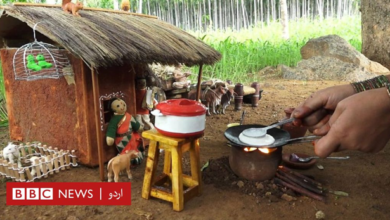


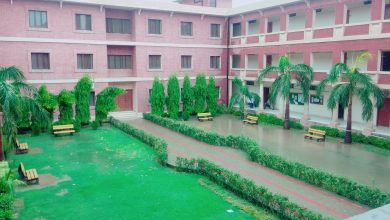





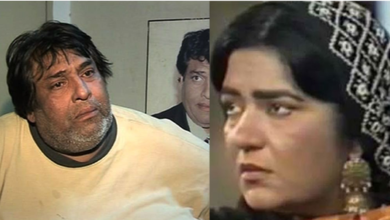

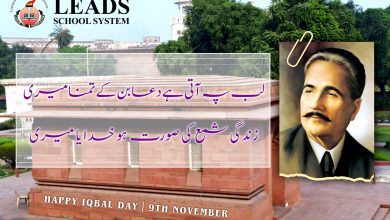

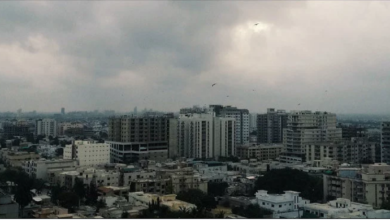
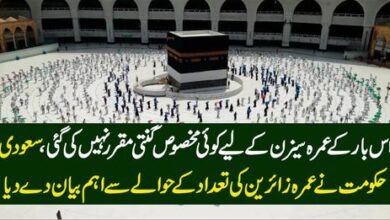

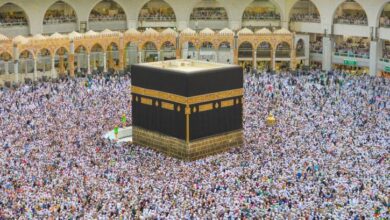

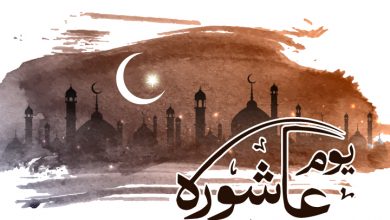
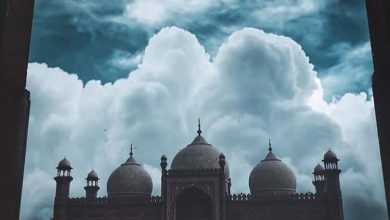

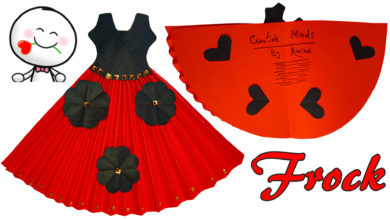





![Photo of [Latest Version] BeTheme – Responsive Multi-Purpose WordPress Theme](/wp-content/uploads/2020/06/BeTheme-Responsive-Multi-Purpose-WordPress-Theme-Latest-Version-Download-390x220.jpg)



